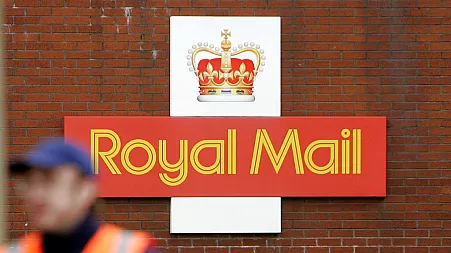Pioneering nuclear fusion power plants are to be fast tracked through the planning process and supported with taxpayer money as Britain attempts to become a world leader in the technology.
Under new proposals by the Government, commercial fusion reactors will be exempt from the usual planning rules governing nuclear power stations.
One of the major changes will be to class nuclear fusion reactors as nationally significant infrastructure projects, with ministers deciding if they should go ahead and preventing local authorities from scrutinising them.
It means companies planning fusion reactors can avoid the years of red tape blocking current nuclear power stations.
A spokesman for the Energy Department said: “Fusion will not be subject to a nuclear site licence process in the same way as nuclear fission facilities due to the fundamental differences in technology, process and levels of hazard.”
It came as Claire Coutinho, the Energy Secretary, kicked off a competition for UK engineering firms to design and build a publicly owned reactor on a disused power station site at West Burton in Nottinghamshire.

The Government wants to award contracts worth hundreds of millions of pounds by next year to build a prototype at West Burton.
The Energy Department said in a consultation: “Private industry is planning to build commercial facilities in the 2030s which requires siting and construction to start this decade. Companies are already starting to identify potential sites for these facilities.
“The benefits of fusion energy for the UK not only include the potential for a low carbon and reliable base load energy source for the future, but the potential to deliver economic and social benefits through the creation of jobs, attracting investment into the UK and the development of high-value skills.”
The UK was part of the International Thermonuclear Experimental Reactor, or ITER, project to build an experimental reactor in southern France. However, it was thrown out of the European Atomic Energy Community, or Euratom, as part of Brexit. The debacle saw 60 of the country’s top fusion scientists taking French citizenship to remain with the project. The attempt to start a UK-only project represents an attempt to recover the damage done to UK fusion science.
Sir Ian Chapman, chief executive of the UK Atomic Energy Authority, the taxpayer-backed body which will fund and oversee the project, said costs for the new reactor, called Step, were uncertain but suggested it would be in the low billions of pounds.
This is based partly on Britain’s last fusion reactor, the JET machine at Culham in Oxfordshire, which cost £2bn to rebuild.
Fusion uses very high temperatures and pressures to heat hydrogen atoms into a plasma where they fuse to form helium and release energy - the process that powers the sun and stars.
Scientists first harnessed fusion seven decades ago in the hydrogen bomb but using it to produce energy has proven impossible. This is because the extreme temperatures needed to create fusion plasmas would melt all known materials.
It means the plasmas have to be contained by magnetic fields, a challenge which could potentially be solved by computing.
Andrew Bowie, the nuclear minister, said on Wednesday: “Fusion could provide a near limitless source of energy and the UK is leading the way in trying to harness this power and deliver long-term energy independence.”
Disclaimer: The copyright of this article belongs to the original author. Reposting this article is solely for the purpose of information dissemination and does not constitute any investment advice. If there is any infringement, please contact us immediately. We will make corrections or deletions as necessary. Thank you.



